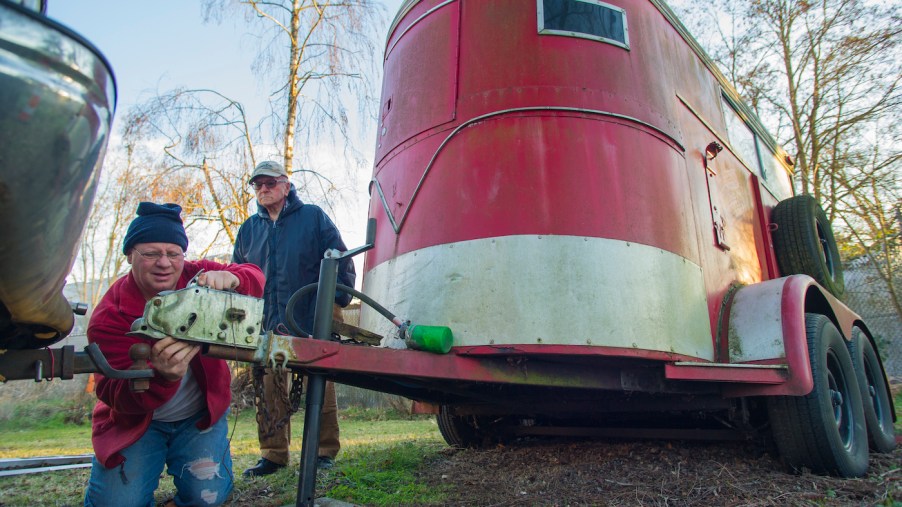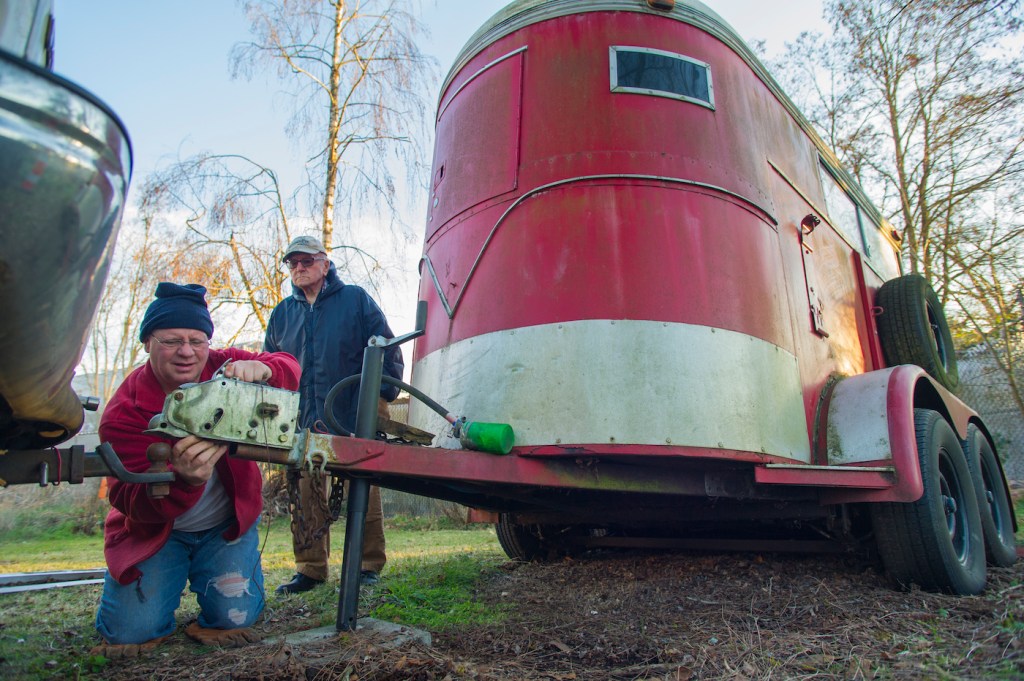
Is It Illegal to Have More Than 1 Ball Hitch on Your Vehicle?
A ball hitch is one of the most practical ways to get the job done when you need to tow something. It’s a sturdy towing accessory topped with a steel ball on which the receiving coupler can be mounted to the back of your vehicle. The ball joint provides the most maneuverability for big and small towing jobs, allowing the towed vehicle or trailer to turn with your vehicle. People have relied on these hitches for over a century for reliable and stable towing.
And if you need to tow more than one size trailer, you might even want more than one ball hitch on your vehicle. But is that legal?
Why mount multiple ball hitches on your vehicle?

Often, a ball hitch is attached to the back of your vehicle for towing jobs and removed when the job is done. However, those who tow frequently (or take long towing-related trips) might have a reason to leave the hitch in place for extended periods.
But not all vehicles and trailers can be towed with the same size ball hitch. Small and lightweight trailers need only a small hitch, while large trailers and campers require enormous towing infrastructure to pull them safely. The size of the ball you need depends on the size and weight of your load. This means that if you need to tow more than one size trailer behind you, you might need multiple ball hitches — and no desire to bolt and unbolt them if you have to switch in a rush.
Understandably, the need for multiple balls can lead to having more than one attached to your vehicle or an interchangeable multi-hitch for quick switches.
The legality of having multiple ball hitches on your vehicle
However, you may have been pulled over (or know someone who has) with more than one ball mount installed at once. Does this mean they’re illegal? Actually, no. This little legal issue is an oversight that has run into a traffic safety law.
Sgt. Troy Christianson of the Minnesota State Patrol told the Winona Post that it’s perfectly legal to have one or more ball hitches attached to your vehicle, even if you’re not towing anything. So, why the traffic stops? As it turns out, the problem with multiple and large ball hitches is that they can obscure your license plate.
The problem is that multiple ball mounts are bulky and mounted in the center of your vehicle’s rear end. This is also where the license plate goes, and the ball can obscure the plate — which is illegal.
So, how can you legally mount multiple ball hitches when you’re not actively towing? First and foremost, ensure your vehicle’s license plate is visible. If necessary, remove it from the usual frame and mount it higher on your truck, like on your tailgate. This ensures your plate is visible to the local authorities while still granting your legal right to mount as many towing hitches as you want or need.
Choosing the right size for your towing job
Now that you know multiple ball hitches are legal to mount, which type should you install on your vehicle? There are four standard sizes, ranging from small and lightweight to heavy-duty. To choose the right model for your towing needs, consider the weight of your load and the matching ball and shank to the receiving coupler. Here’s a quick guide:
- 1 7/8-inch ball — 2,000 to 3,500 pounds GTW (gross trailer weight)
- 2-inch ball — 3,500 to 12,000 pounds GTW
- 2 5/16-inch ball — 6,000 to 30,000 pounds GTW
- 3-inch ball — 30,000 pounds GTW
When you’re sure your towing system is installed securely and each piece is rated for the load you intend to haul, you are good to go.


